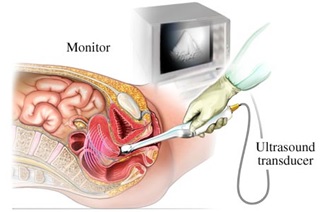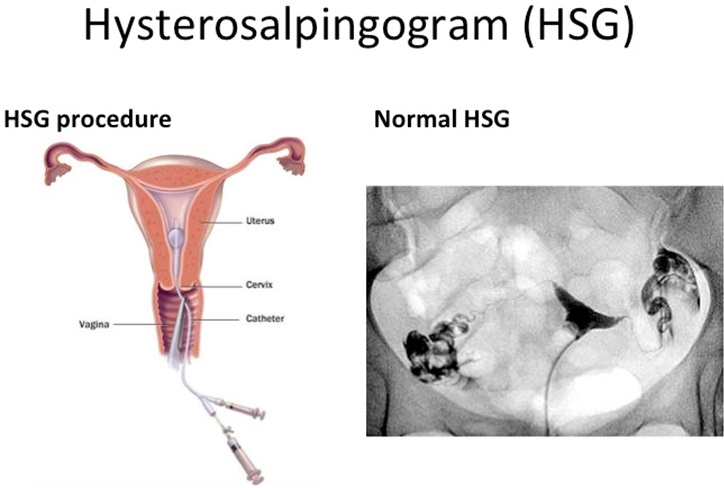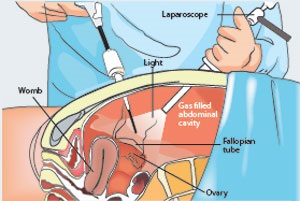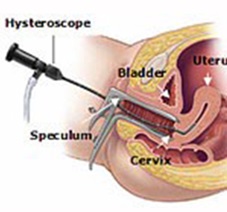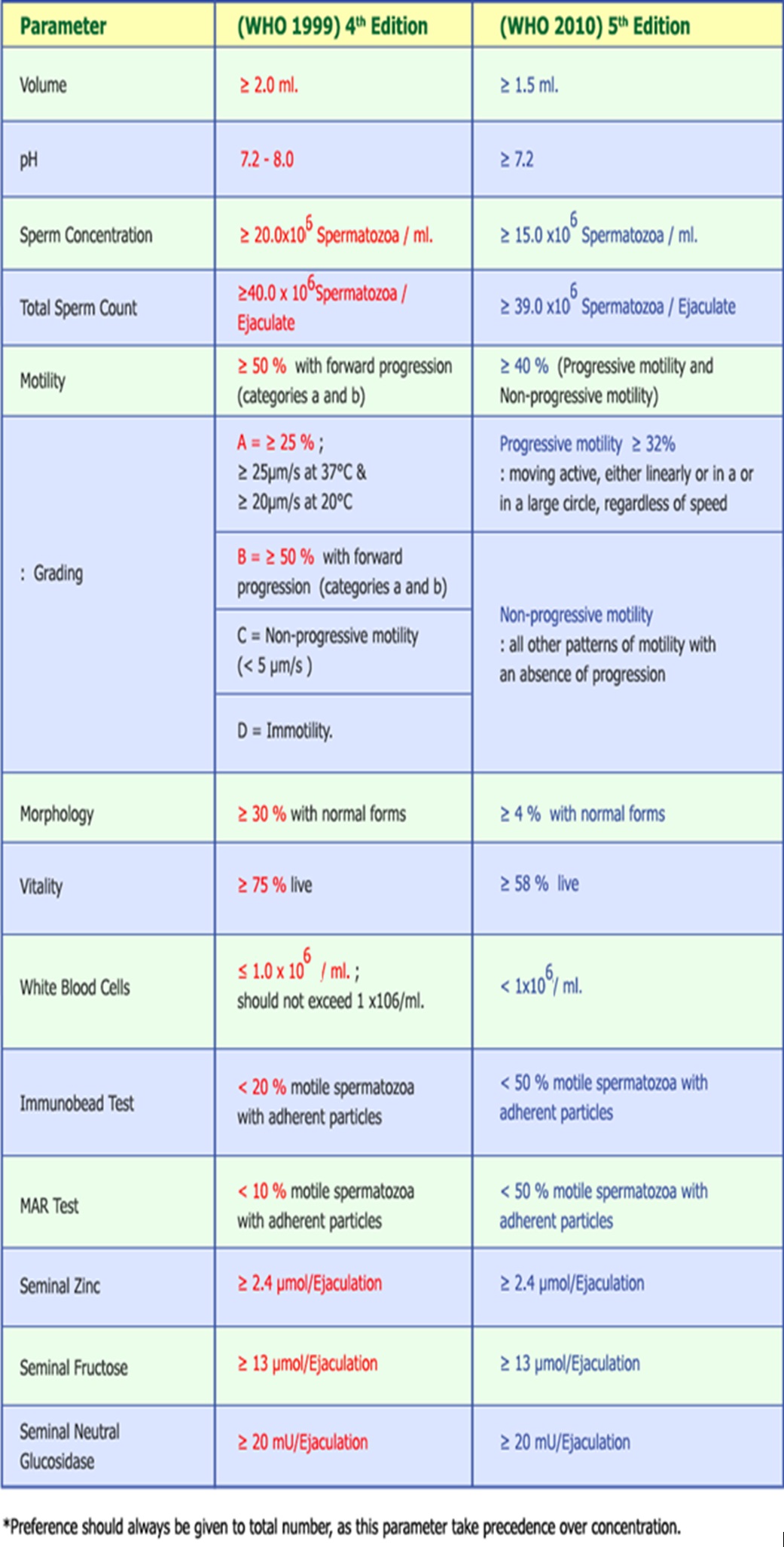What are fertility tests?
Fertility tests for women
Cervical smear test (pap smear) – if haven’t done one recently.
Hormonal assay
Blood test to detect ovulation. This is done by measuring progesterone in a blood sample taken seven days before the next period is due. Blood test during period (taken between days two – four) to check for hormone imbalances –measurement of FSH (follicle stimulating hormone, LH (luteinising hormone).
Ultrasound
An ultrasound scan to look at uterus and ovaries. Follicle tracking – a series of ultrasound scans to follow the development of a follicle to see if an egg is developing.
Hysterosalpingogram
Hysterosalpingogram – an x-ray to check fallopian tubes.
Laparoscopy & Hysteroscopy
Laparoscopy – an operation in which a dye is injected through the cervix as the pelvis is inspected via a telescope (laparoscope) with a tiny camera attached to check for tubal blockage.
Hysteroscopy – a telescope with a camera attached is used to view the uterus to check for conditions such as fibroids or polyps.
Semen for analysis – Fertility tests for men
Sperm test to check for abnormalities, sperm numbers and quality. The husband must be abstinence for at least 1 day but not more than 7 days.
Screening of patients
Before processing patient sperm, eggs or embryos for treatment and/or storage, the clinic must carry out a number of screening tests to assess the risk of contamination. The clinic will test patients for:
- HIV 1 and 2: Anti-HIV – 1, 2
- Hepatitis B: HBsAg/Anti-HBc
- VDRL
Reference
- WHO laboratory manual for the examination and processing of human semen – fifth edition
- http://www.hfea.gov.uk/fertility-basics.html
| Last Reviewed | : | 10 February 2015 |
| Writer | : | Dr. Hj. Mohamed Hatta b. Mohamed Tarmizi |
| Accreditor | : | Dr. Haris Njoo Suharjono |


